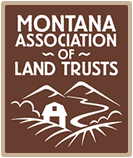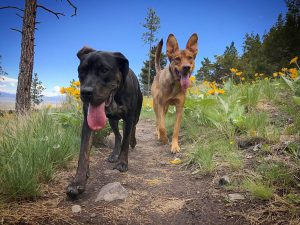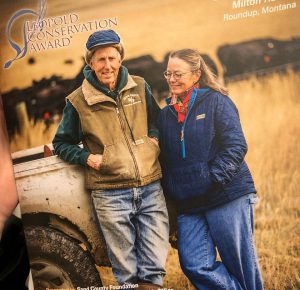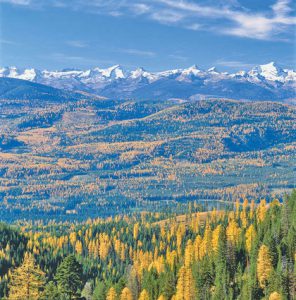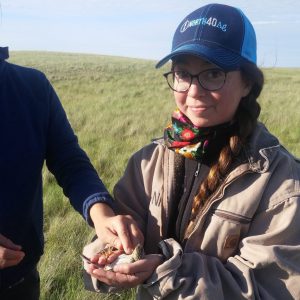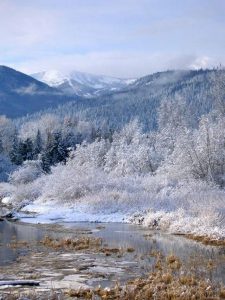Andrew Dana, a long-time conservation attorney at Conservation Law Associates in Bozeman, is the newest commissioner at the Land Trust Accreditation Commission. Andy’s commission appointment was activated in January and he recently participated in his first commission meeting.
The Land Trust Accreditation Commission was incorporated in April 2006 as an independent program of the Land Trust Alliance to operate an innovative program to build and recognize strong land trusts, foster public confidence in land conservation and help ensure the long-term protection of land. Land trusts apply for accreditation and applicants undergo a lengthy, comprehensive and rigorous review process through all phases of the land trust organization to earn the seal of accreditation.
Here’s the short introduction of Andy on the commission’s website: Andrew Dana is an attorney with Conservation Law Associates in Bozeman, Montana, and represents land trusts, primarily in Montana and the Northern Rockies, including the Montana Association of Land Trusts. He has consulted nationally with the Land Trust Alliance and other organizations about a broad range of conservation easement matters, including easement transactions, drafting, interpretation, enforcement, amendment and termination, and tax policy. Andy was a founding member of the Land Trust Alliance’s Conservation Defense Advisory Council, and he helped launch the coordinated conservation easement defense insurance ideas that ultimately gave rise to TerraFirma. He received his law degree from Stanford Law School, and also holds degrees in geography from the University of Washington and Middlebury College. With his brothers, he also owns a working ranch on the Yellowstone River that is protected by a conservation easement, which fortunately allows fly fishing.
Congratulations to Andy, and thank you for your service to land conservation.

